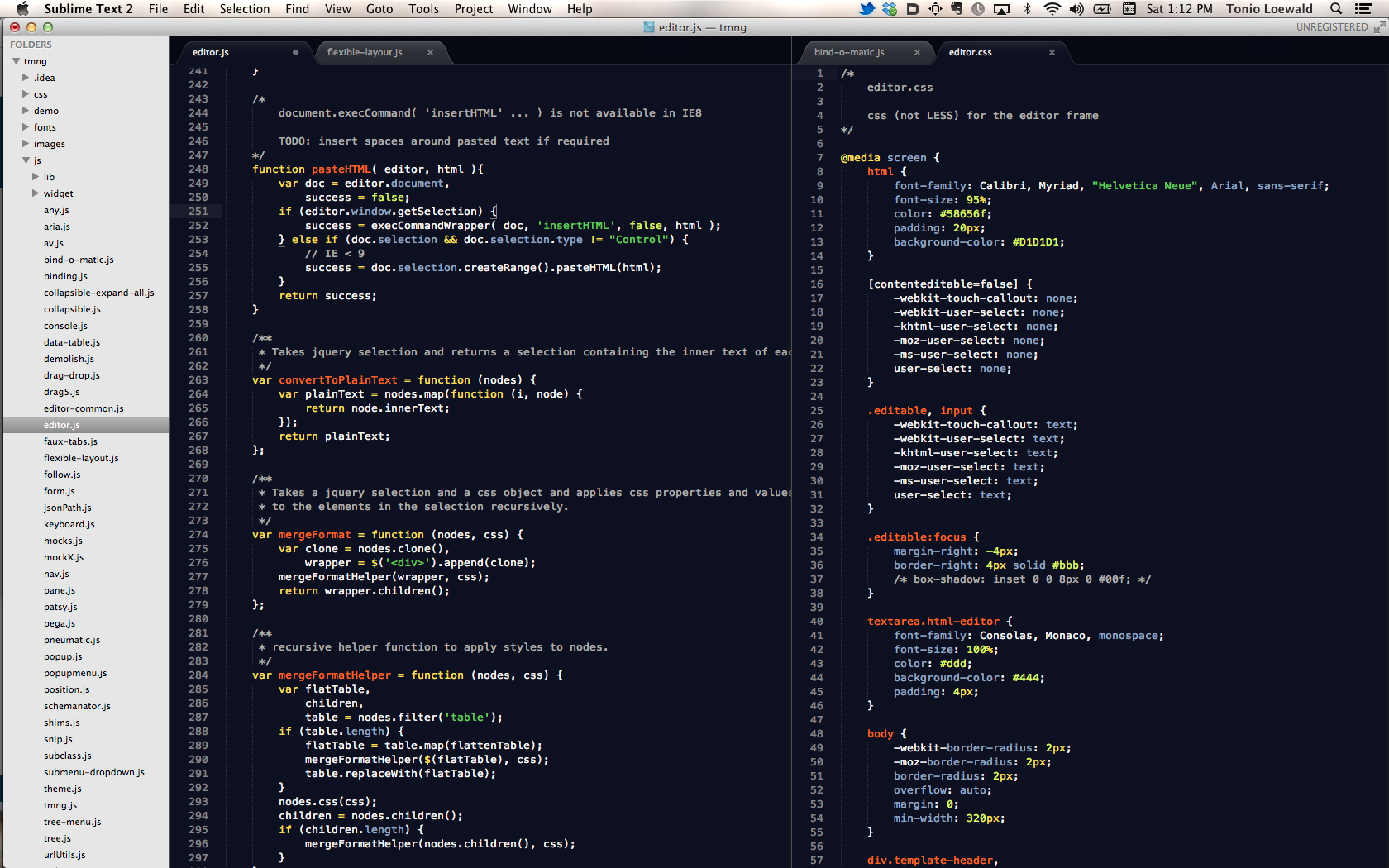

- #Favorite text full
- #Favorite text plus
- #Favorite text mac
In our study, around 80% of websites used one of these three fonts.
#Favorite text mac
Windows Vista and Mac fonts), designs in our study mainly used the traditional, core Web fonts, the only exceptions being Lucida Grande (which comes installed only on Macs), Helvetica and Baskerville.Īs one would expect, Arial, Georgia and Verdana are used for the majority of body copy today. Surprisingly, despite the growing popularity of font replacement techniques and growing availability of new pre-installed fonts (e.g. Sans-serif fonts offer a wider variety of options for the Web. And because of the stigma attached to Times New Roman (that it often makes a modern website look outdated), they’re left with only Georgia. The main reason is probably because, despite the growing popularity of advanced font replacement techniques, such as Cufón, most designers stick to the core Web fonts, which essentially give them only two viable options: Georgia and Times New Roman. Two thirds of the websites we surveyed used sans-serif fonts for body copy.
The most popular sans-serif typefaces for body copy are Arial (28%), Verdana (20%) and Lucida Grande (10%). The most popular sans-serif typefaces for headlines are Arial (28%), Helvetica (20%) and Verdana (8%). The most popular serif typefaces for body copy are Georgia (32%) and Times New Roman (4%). The most popular serif typefaces for headlines are Georgia (28%) and Baskerville (4%). Among them: New York Times, Typographica, Time, AIGA and Newsweek. Only 34% of websites use a serif typeface for body copy. Among them: CNN, ArsTechnica, Slate, BBC and NewScientist. 60% of websites use sans-serif typefaces for headlines, mostly Arial, Verdana, Lucida Grande and Helvetica. Some designers prefer serif fonts for body copy because they believe the lines at the end of letter strokes help guide readers from one letter to the next, making scanning and reading more comfortable.Īccording to our study, sans-serif fonts are still more popular than serif fonts for headlines, although they seem to have dropped in popularity in recent years. The contrast between a serif font for headlines and a sans-serif font for body copy can be interesting, too. The main reason to choose a serif font for your headlines is that, at a large size, serif fonts are easy to read and look great. Some designers prefer to give their headlines serifs (which are short, decorative lines at the end of letter strokes) to give them more appeal. Whether designers should use serif or sans-serif fonts for body copy is one of the most discussed and unresolved questions about typesetting on the Web. Please note that these rules can often, but not always, be considered best practice. Based on the statistics, we have identified several “rules of thumb” for working with type. We ended up with solid data, which we evaluated and prepared for this article. How often is font replacement (sIFR, etc.) used?. How many characters per line are common in body copy?.  What is the average ratio of paragraph spacing to line height in body copy?. What is the average amount of spacing between paragraphs?. What is the average ratio between line height and line length in body copy?. What is the average ratio between line height and font size in body copy?. What is the average line height of body copy?. What is the average ratio between the font size of headlines and body copy?. How popular are serif and sans-serif typefaces in body copy and headlines?.
What is the average ratio of paragraph spacing to line height in body copy?. What is the average amount of spacing between paragraphs?. What is the average ratio between line height and line length in body copy?. What is the average ratio between line height and font size in body copy?. What is the average line height of body copy?. What is the average ratio between the font size of headlines and body copy?. How popular are serif and sans-serif typefaces in body copy and headlines?. 
You may date the text file if you like by appending to the file-name a character followed by the date (any date after 1000BC) in the format yyyy/mm/dd e.g.Ultimately, we identified 13 general typographic problems and issues related to typographic design and tried to find answers to them through our research:
#Favorite text full
You may use a plain text file for loading a set of choices you have edited using Notepad, but note that each file needed must be fully specified: wildcards are not used and a full drive:\folder path is needed.
#Favorite text plus
Used to read a previously-saved selection from disk.īy default the file name will be the name of the tool you're choosing texts for plus recent_chosen_text_files.dat, in your main WordSmith folder. Saves a list of text files whose status is either unknown or known to meet your requirements when selecting files by their contents, ignoring any which do not. Essential if you've attached a date to your text files. Used to save your current selection of texts.







 0 kommentar(er)
0 kommentar(er)
